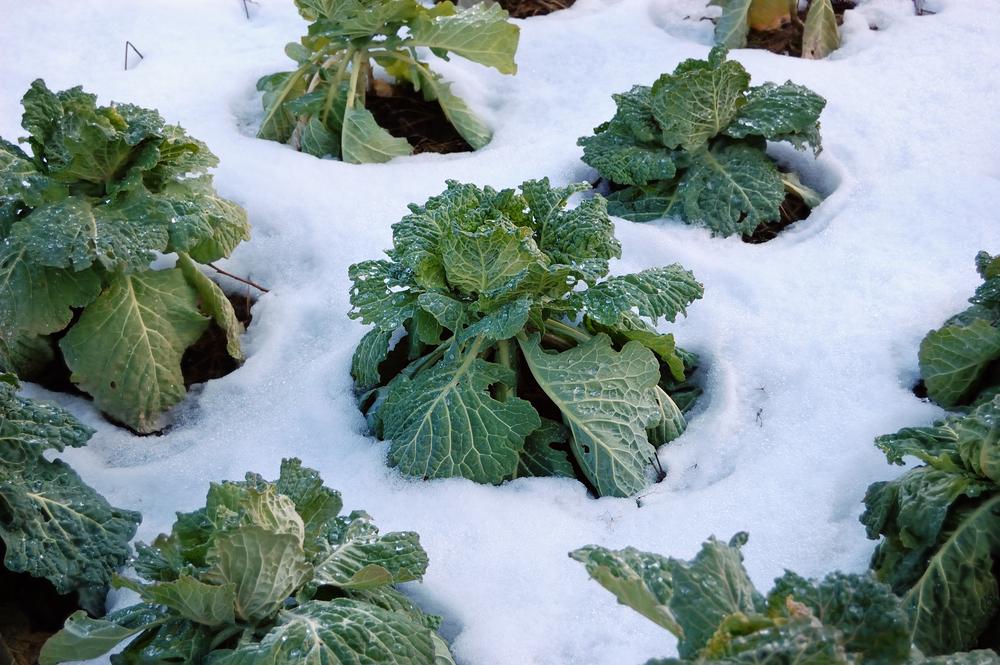In 2023, home gardens are expected to be more popular than ever. Whether you’re looking to grow one to have the freshest fruits and vegetables, to experience tastes that store-bought just can’t compete with, or because you’re concerned about sky-high prices and potential shortages, there’s no reason to wait. In fact, depending on your climate, you may be in the midst of peak growing season right now.
Start by identifying your plant hardiness zone, also called planting zone or gardening zone, according to the USDA Plant Hardiness Zone Map. The map divides the country into zones based on average annual minimum winter temperature, a major factor in determining whether a plant is likely to survive the winter, in 10-degree increments from north to south. You can find your zone at PlantHardiness.ars.usda.gov.





